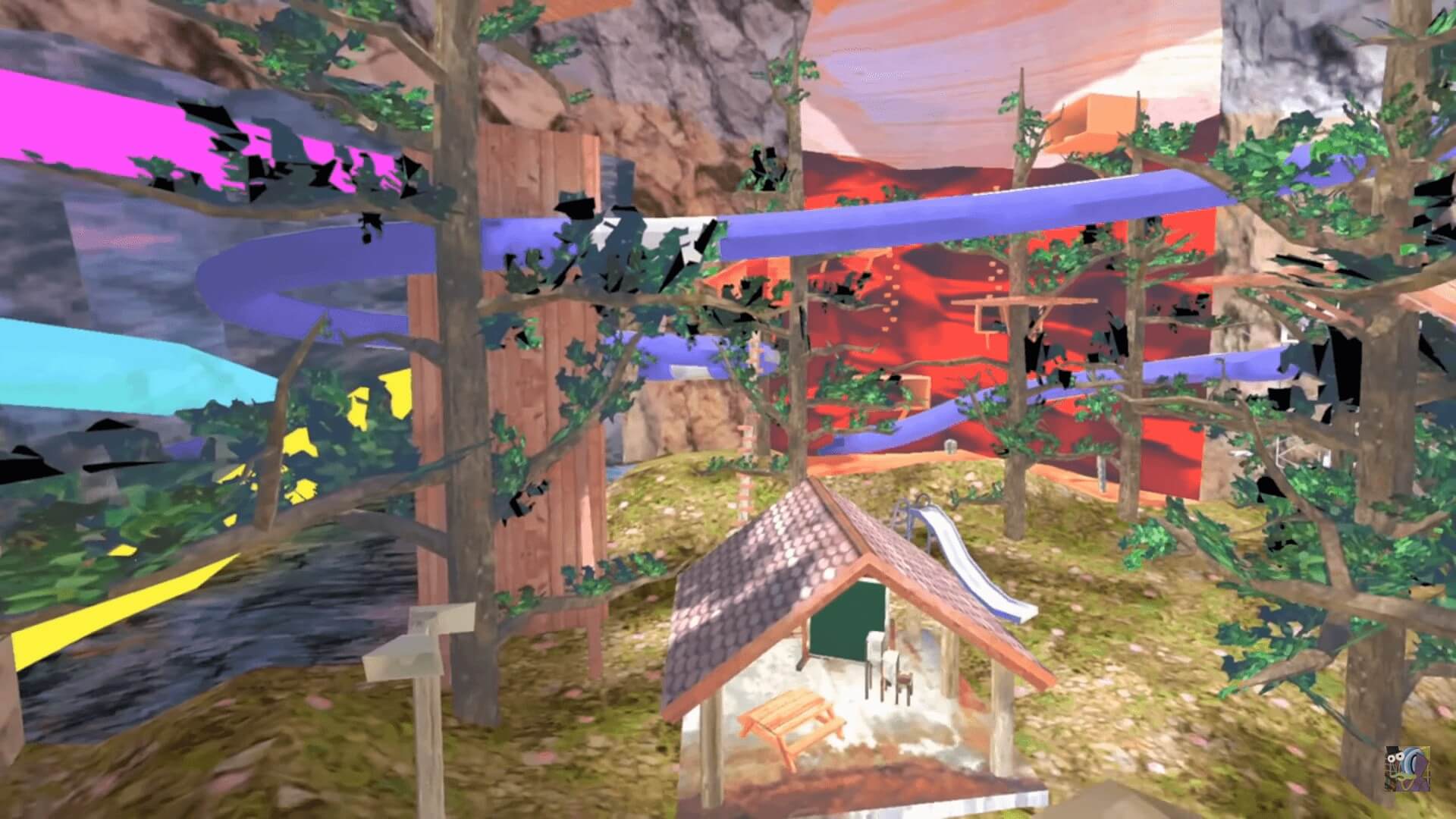Here’re some new gameplay variations for Gorilla Tag to maximize the fun out of this popular VR game. It’s recommended to have a referee when playing but certainly optional, as long as everyone trusts each other. A scorekeeper is also essential to track the points won by each player to be tabulated on a leaderboard.
Last Man Standing
The last player that doesn’t get tagged is the winner. As simple as that. The referee or scorekeeper could keep track of time and stop the timer the moment when all other players are tagged, except the last one. This way, we can keep scores of who’s the better runner.
Pros:
- Simple to understand, easy to play
- Easy to identify fast and slow runners
Cons:
- Too simple, may get boring soon
Red Light, Green Light
This gameplay idea is inspired by an age-old traditional Korean game but made popular globally by the hit Korean drama Squid Game.
In a nutshell, it goes like this. Players have to cross a “finish line” when the light is green and shouldn’t move when the light is red. Those who move are eliminated (tagged).
To play this variation in Gorilla Tag, one player shall be designated the sole tagger while the rest are runners. The objective of the game is for the runners to “cross the finish line,” or in Gorilla Tag’s context, climb up to the highest peak of a tree in the forest map.
Here’s the catch. The tagger shall be waiting right on that tree with their back facing all the other players (face toward the trunk). Runners should start from a common area, such as the picnic hut (gazebo). The tagger will have to call out a specific phrase, basically turning on the green light, while facing the tree trunk.
In the original Korean game, they will recite “mugunghwa kkoci pieot seumnida,” which translates to “the hibiscus flowers are blooming.” But you could use the phrase “green light, red light” or any other phrase that is closer to home.
As the phrase ends, the light turns red, and the tagger should whip their head around to face the runners. At this red light moment, the runners should freeze by not moving an inch. If no one moves, the tagger returns to face the tree trunk and calls out the phrase again. But if someone moves, the runner closest to the peak of the tree (or the tagger) who moved is tagged and the tagger wins one point. Now the runner who was tagged becomes the tagger while the previous tagger exits the game, with a point in the hand.
Those still playing will now play against this new tagger. This cycle repeats itself while runners who reach the top of the tree without being tagged win a point respectively.
Please watch the scene from the drama below to get a better picture.
Pros:
- Fun and suspenseful
- Make good use of the forest map
- Every player gets an equal chance to win a point
- Can be played in a large group
- Could practice your climbing skills
Cons:
- Works best in forest map. But do get creative by replacing the tree with other props in other maps
- Hanging on a tree branch while laying still is not for the faint of heart
- Time to complete a game may be too long if the group is too large
Capture The Banana (Flag)
This is a common game mechanic but with a little twist to suit Gorilla Tag environment. There’s one tagger against multiple runners. The runners’ job is to run toward the tagger to capture the flag while the tagger’s job is to protect the flag while tagging those who try.
You could use food like a banana as the flag and the picnic hut as the fortress that protects the flag.
Sounds easy? Well, to make it harder, put the flag nearer to the tagger. This way, runners could work as a team on trying to deceive the tagger. Tagger ain’t a plastic man!
Each round ends when the flag is captured or everyone is tagged. The runner who captured the flag earns a point but tagger gets one point for each runner tagged. Thus, taggers could reap more points than runners. But everyone takes turns to be the tagger in each round ensuring there’s an equal chance for all to earn points.
This variation could spell higher points for players who are good at avoiding being tagged while capturing the flag and simultaneously reward those who are good at tagging others.
This gameplay is best played in a small group – 10 or less, because each player takes turns to be the tagger. Having 10 players would mean playing 10 rounds.
Pros:
- Individual players could earn higher points whether as a runner or tagger
- Could help to improve teamwork
Cons:
- Need a game item to be the flag such as a banana
Hopefully, these ideas inspire you to try out some new variations in your Gorilla Tag endeavors. More ideas will follow suit. Meantime, continue to go bananas!

